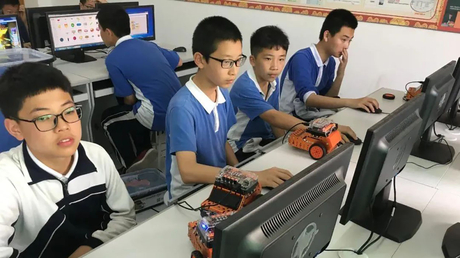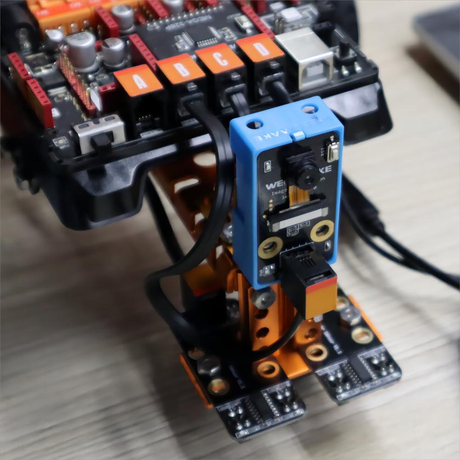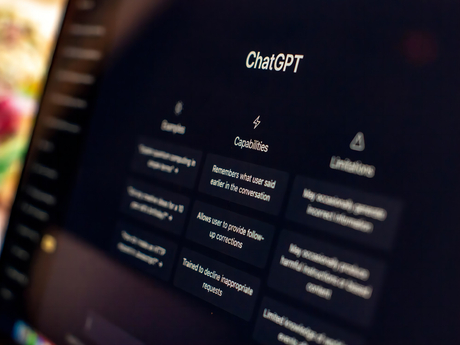Robots and AI are fascinating and can spark curiosity and imagination. Learning about these technologies can provide a fun and engaging way to learn about science, technology, engineering, and math (STEM).
There are many exciting career opportunities in the field of AI and robotics. As the demand for these skills grows, learning about these technologies can open up new paths and opportunities in a variety of industries.
There are many advantages to learning about artificial intelligence (AI), including:
Improved problem-solving abilities: AI involves the use of algorithms and data to find solutions to complex problems, which can help improve your ability to solve problems in a variety of settings.
Increased efficiency: AI systems can automate many tasks and processes, which can save time and increase productivity.
Better decision-making: AI can help you make more informed and accurate decisions by providing access to vast amounts of data and the ability to analyze it quickly and accurately.
New career opportunities: The demand for AI skills is growing rapidly, so learning about AI can open up new career opportunities in a variety of industries.
Improved personal and professional relationships: AI can help improve communication and collaboration by providing natural language processing capabilities and other tools that can facilitate better understanding and interaction.

There are many ways to learn about artificial intelligence (AI) and how it can be applied to robots. Here are a few steps you can take to get started:
Start by learning the basics of AI, including common techniques and algorithms used in machine learning and natural language processing.
Once you have a basic understanding of AI, try experimenting with some of the popular AI tools and frameworks, such as TensorFlow, Keras, and PyTorch. These tools can help you build and train machine learning models that can be applied to robotics.
Look for opportunities to work on projects that involve both AI and robotics. This could include participating in hackathons or competitions, joining a research group or lab, or collaborating with others on open-source projects.
Attend conferences, workshops, and meetups focused on AI and robotics. These events can provide valuable networking opportunities, as well as the chance to learn from experts in the field.
Keep learning and staying up-to-date on the latest developments in AI and robotics. This field is constantly evolving, so it's important to continue learning and staying current with new technologies and techniques.




















